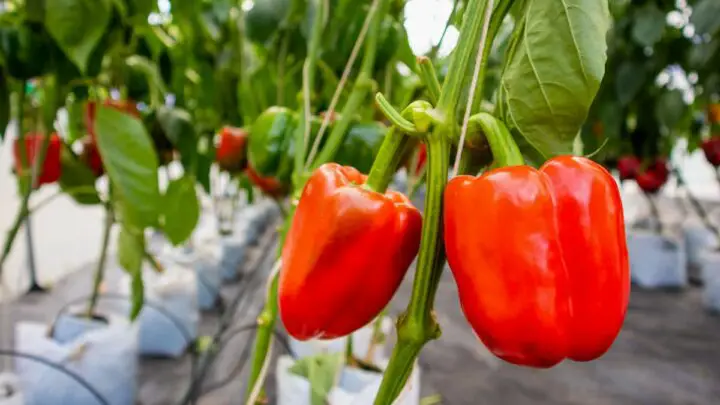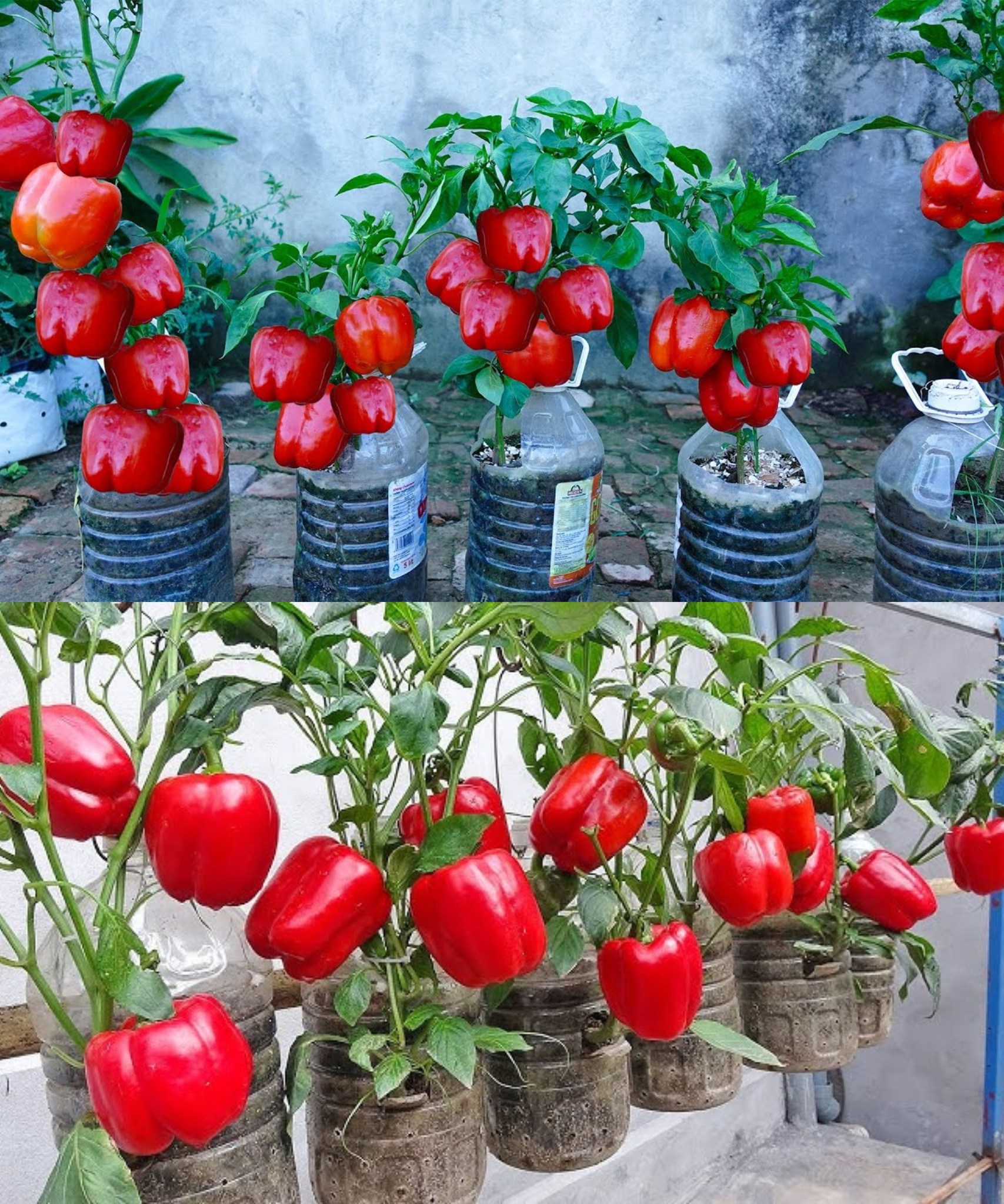
Growing peppers indoors can be a rewarding endeavor, providing you with fresh and flavorful peppers year-round. Here’s a beginner’s guide with 12 proven methods for successfully growing peppers indoors:
1. Choose the Right Pepper Varieties: Select pepper varieties that are well-suited for indoor cultivation. Compact or dwarf varieties are often ideal for limited space.
2. Start with Quality Seeds: Begin with high-quality pepper seeds from a reliable source. Consider heirloom or hybrid varieties based on your preferences.
3. Use Well-Draining Soil: Opt for a well-draining potting mix to prevent waterlogging. You can also mix in perlite or vermiculite for better aeration.
4. Select Suitable Containers: Use containers with drainage holes to allow excess water to escape. Ensure the pots are large enough to accommodate the root system of the pepper plants.
5. Provide Adequate Light: Peppers require plenty of light for optimal growth. Place your indoor pepper plants near a south-facing window or use artificial grow lights if natural sunlight is limited.
6. Consider Grow Lights: Supplement natural light with full-spectrum LED or fluorescent grow lights. Position the lights about 12-18 inches above the plants and adjust the duration based on the pepper variety.
7. Maintain Ideal Temperature: Keep the indoor temperature between 70-80°F (21-27°C) during the day and slightly cooler at night. Peppers thrive in warm conditions.
8. Watering Consistently: Water your pepper plants consistently, keeping the soil evenly moist but not waterlogged. Avoid letting the soil dry out completely between waterings.
9. Fertilize Regularly: Use a balanced, water-soluble fertilizer with micronutrients. Fertilize your pepper plants every 2-4 weeks during the growing season.
10. Pruning for Bushier Plants: Pinch off the growing tips when the plants are about 6-8 inches tall. This encourages branching and results in bushier plants.
11. Pollinate Indoors: Since indoor environments lack natural pollinators, help with pollination by gently shaking the plants or using a small brush to transfer pollen between flowers.
12. Watch for Pests and Diseases: Keep an eye out for pests such as aphids or spider mites. Address any pest issues promptly and practice good hygiene to prevent diseases.
Bonus Tips:
- Rotate the pots regularly to ensure all sides of the plant receive adequate light.
- Consider using a fan to simulate outdoor breezes, which can strengthen the pepper plants.
Remember, successful indoor pepper growing requires attention to detail and consistency. With the right care, you can enjoy a bountiful harvest of fresh peppers even in limited indoor spaces.
